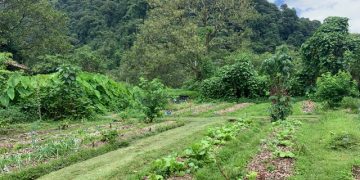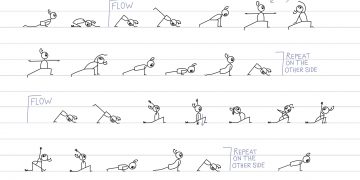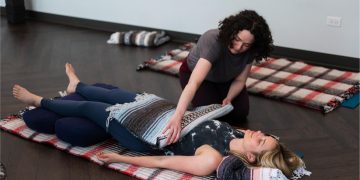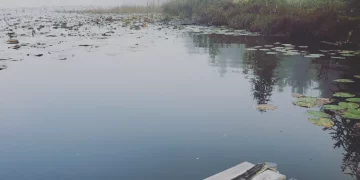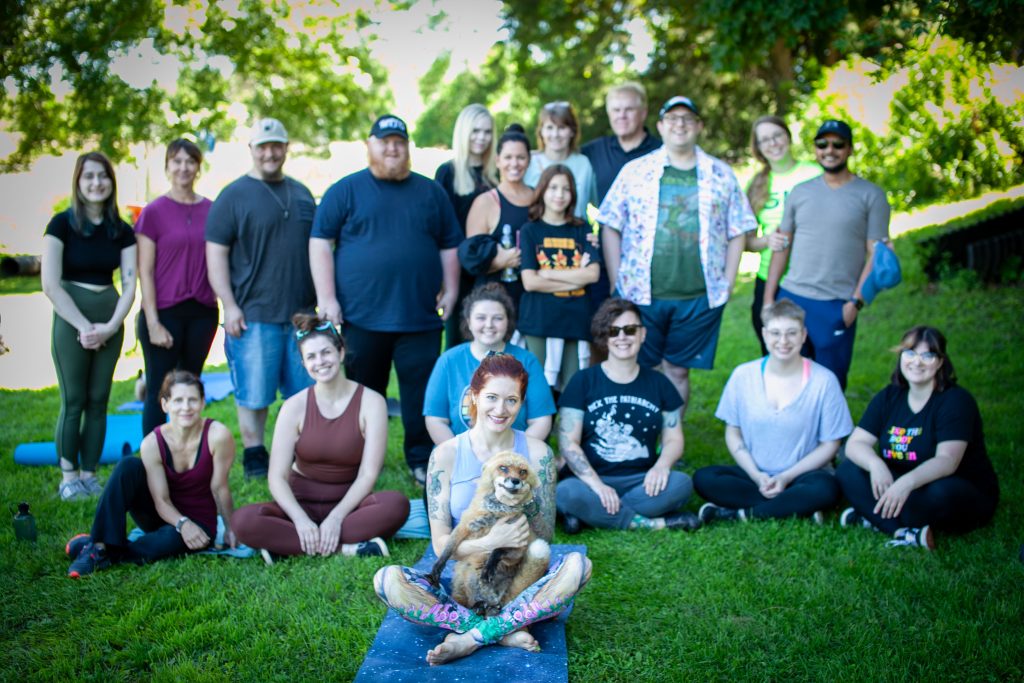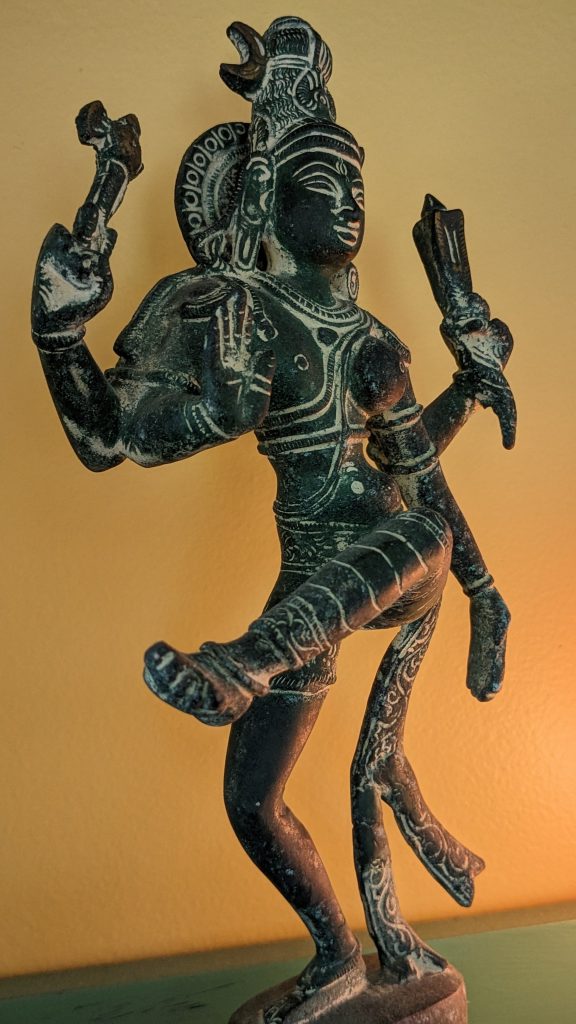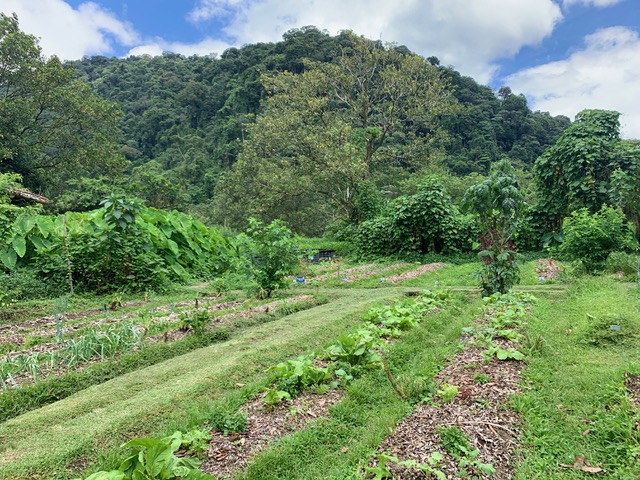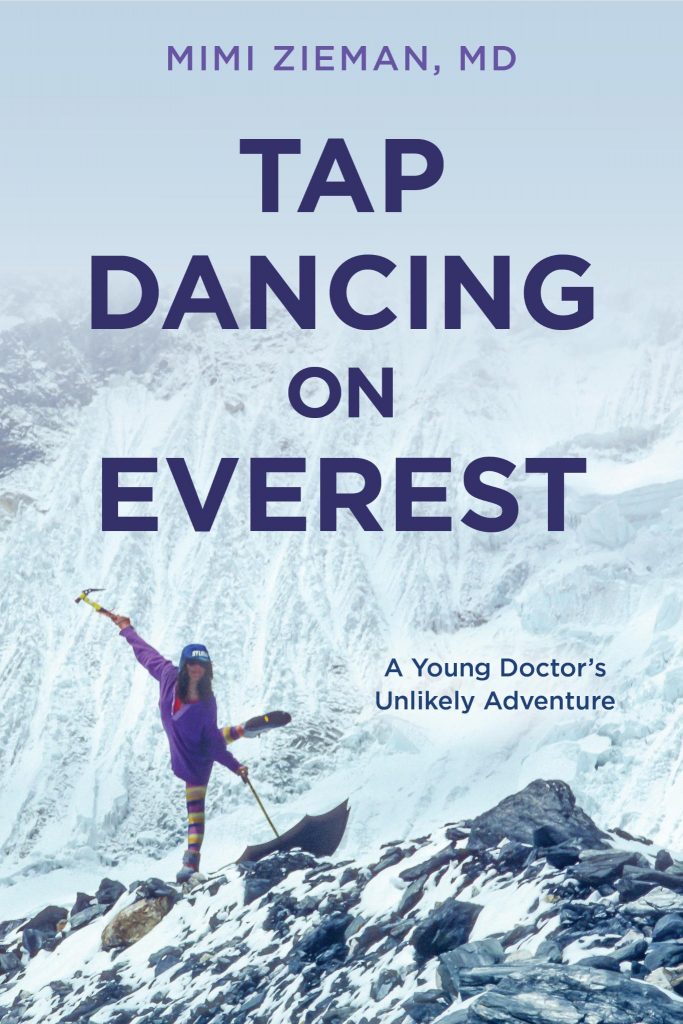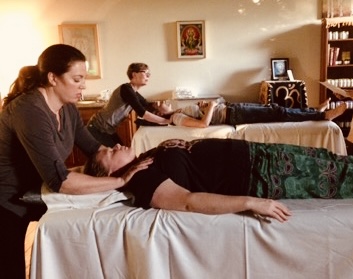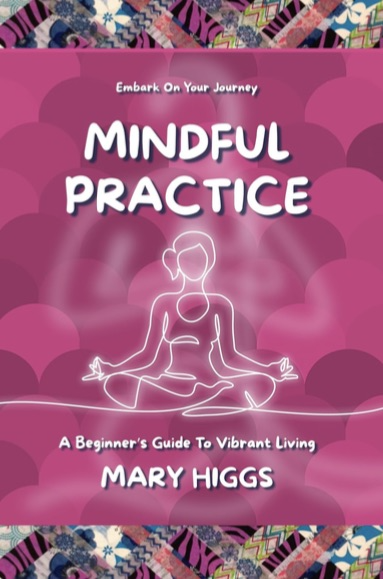A simple but powerful guided meditation can be a transformative and nourishing tool to use in your yoga class, but teachers often don’t use guided meditations because they get stuck on how to write them. Creating a guided meditation can feel like a daunting task, or a skill only a writer or creative could do, but that simply isn’t the case. As someone who wrote over 350 guided meditations for my podcast Mindful in Minutes without any formal writing training or guided meditation course to get me started, I am here to tell you it is so much simpler than you think. Anyone can write a guided meditation.

Before we dive into the step by step formula of writing guided meditations, I want to note that changing the way you think about guided meditations can change the way you approach creating them. Guided meditations are just stories. The story doesn’t have to be long, complex, or even a true story, it can be a simple story about pretty much anything: focusing on your breath, relaxing at a beach, or anything you find enhances your practice. Take your students on a short guided journey with words through imagery.
In order to take an idea or class and enhance it with a guided meditation, try following these five steps.
5 Steps to Writing A Guided Meditation
1. Think about the topic of your meditation. What story do you want to tell?
Before you can begin writing your meditation, you need to think about what theme you want to give your meditation; or in essence, what story you want to tell. When thinking about this, consider the theme of your yoga class or a certain technique or practice you want to incorporate. Think about where you want to lead your students, how you want them to feel during this meditation, and what the purpose of your meditation is before you begin writing. This will give you the framework to start the story.
2. Pick a setting or recall a memory.
Once you decide on a theme for your meditation, think about where you want this story to take place. I recommend thinking about a place you visited before or know well so the details of the setting can come to you easily and clearly. Maybe you want this meditation to take place on your favorite beach, or maybe you want them to walk down a staircase you know well, or perhaps explore a place you have been in your own personal meditation practice. Consider where this story will take place and what makes the most sense based on your theme. For example, if you want a theme of grounding for your meditation, perhaps you want to set your story in a forest or another place that feels grounding to you.
3. Use all of your senses.
After you decide where your story will take place, the easiest way to tell the story or describe what happens is to tap into all your senses. Put yourself in the setting of your meditation and think about what you hear, see, smell, feel, and even taste in this place. Use your memories and imaginations to take your students through a sensory experience.
4. Tell the story!
Once you’ve picked your theme and setting and thought about what the senses are doing in this time and place, you’re ready to tell your story. It can be simple: a few minutes where you take your students to this place, talking about what you see, hear, feel, and so on; then tell a simple story around your theme. For example, if you’re using the forest theme for a grounding meditation you may tell a short story about your students walking through a sunlit forest escape. Maybe they focus on the sensation of their feet on the ground as they walk and the smell of the forest around them, which grounds them further with each step they take.
5. Leave your students in silence to go deeper.
At the end of your meditation always leave room for silence. A few minutes is plenty – let them sit with the imagery and story you just told them so it can sink in, and hopefully guide them to a deeper part of themselves.
A globally celebrated yoga and meditation teacher based in the Twin Cities, Kelly Smith is an E-RYT 500, founder of Yoga For You, and host of the iTunes chart topping podcast, Mindful in Minutes. Beside her podcast, Kelly is best known for her master trainings in meditation, restorative yoga, and yoga nidra, as well as her yoga retreats, popup sound baths, and meditation events in the Twin Cities.



